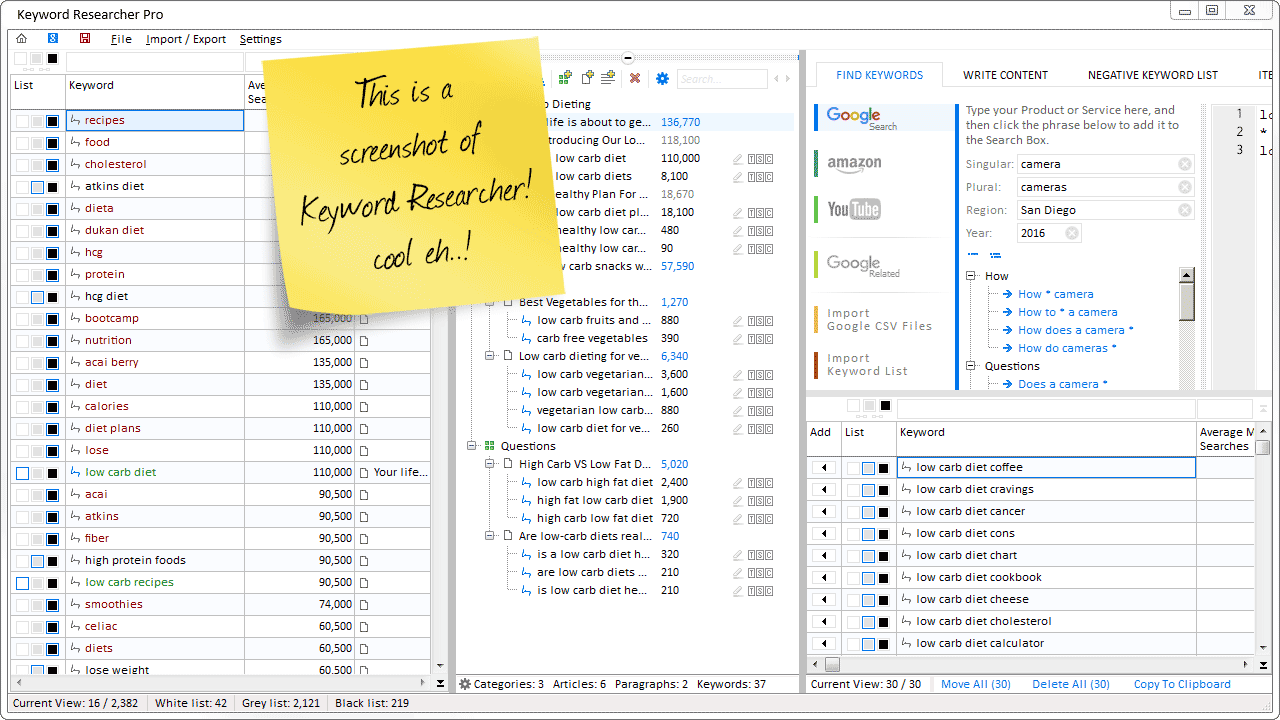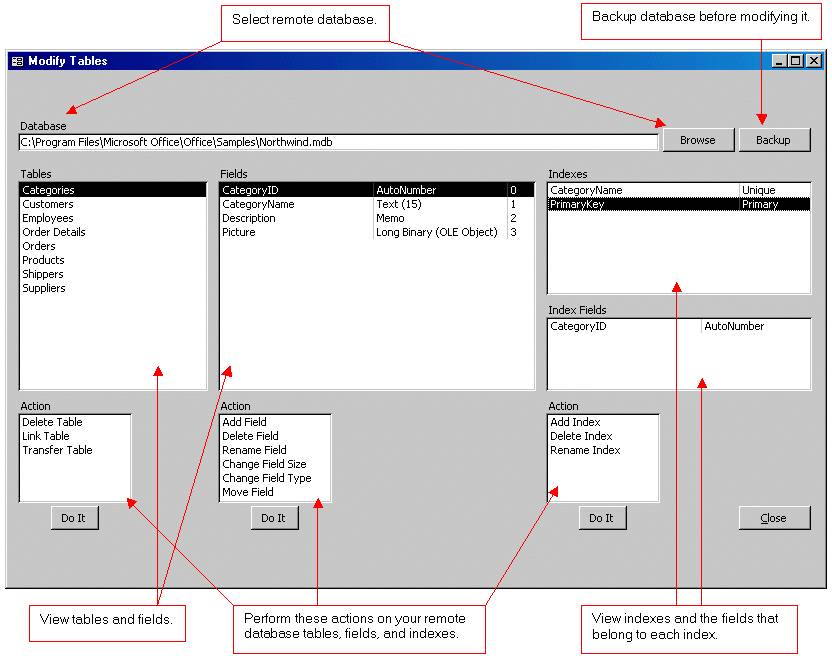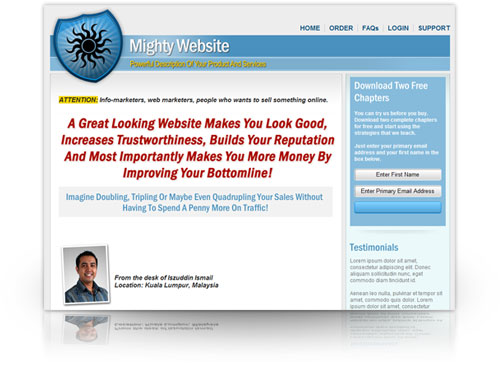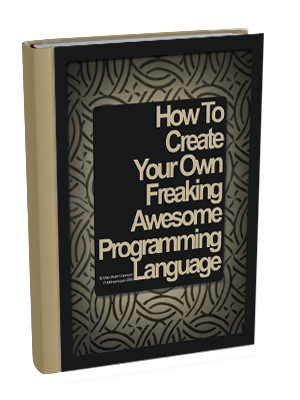A step-by-step guide to scheduling your posts to Bluesky, cross-posting to other platforms like X or Mastodon, and even creating threads.
Social media users are facing some pretty big challenges today. They’re frustrated by being at the mercy of changeable algorithms or having their data sold to the highest bidder.
And the idea that, should a platform move in a direction they don’t like (as is the case with some disillusioned folks on X/Twitter) or disappear from the market completely (which would happen in the case of the U.S. TikTok ban), leaving the network means abandoning everything they’ve worked so hard to build there.
Content, poof. Audience, bye-bye.
But with all the bad comes so much good: the ability to share your life and work with billions of users all over the world, an outlet for creative expression, the possibility of monetizing your passion, and, perhaps, the most important of all: the ability to share and connect with family and friends.
Most social media users — especially those leveraging the networks to boost visibility for themselves, their businesses, or their work — accept that the good of social media goes hand-in-hand with the bad.
But what if there was an alternative?
As it happens, there are several.
A wave of new social media platforms has swept onto the market in recent months, offering solutions to many of the problems I’ve mentioned above. They’re federated, decentralized, and growing fast.
But what exactly is decentralized social media? Could users find the community they’re looking for? Can creators gain traction there? And can it realistically challenge the centralized giants that dominate the current landscape?
Let’s take a closer look.
The evolution of decentralized social media
While it might feel like it burst onto the scene in 2023/24, decentralized social media isn’t all that new.
The first decentralized platform, Diaspora, launched back in 2010. It promises users freedom, privacy, and control of their own data. Despite initial excitement and a successful crowdfunding campaign, Diaspora struggled to gain mainstream traction. Their platform still exists and currently has around 850,000 users.
In 2016, Mastodon, an open-source and decentralized microblogging platform, was launched. This was closely followed by Steemit, Pixelfed, Lens Protocol, and several others.
Like Diaspora, these networks intially struggled to gain traction — until now. The advent of blockchain technology and growing disillusionment with traditional social networks have reignited interest in decentralization.
2023 in particular saw a steep rise in interest in decentralized social media options — and a much talked about phenomenon called the fediverse.
And, rather than sputtering and lying dormant, these platforms and new ones like them are slowly, steadily (and sometimes in great spurts that correlate to changes on mainstream platforms) growing their user bases.
Mastodon, Pixelfed (an Instagram alternative), PeerTube (a YouTube alternative), and an ever-growing ecosystem are built with an open protocol called ActivityPub. This connection makes them interoperable (read: able to talk to each other). All platforms built with ActivityPub are considered to be part of the fediverse (federation + universe).
And, according to David Pierce, The Verge's Editor-at-Large, ActivityPub is worth getting excited about. “It’s an old standard based on even older ideas about a fundamentally different structure for social networking, one that’s much more like email or old-school web chat than any of the platforms we use now.”
“It’s governed by open protocols, not closed platforms. It aims to give control back to users and to make sure that the social web is bigger than any single company.”
Even Meta’s Threads have plugged into the fediverse, though they themselves aren’t decentralized (more on this to come).
Another key player in the decentralized social movement, Bluesky, was launched in 2021. Interestingly, Bluesky has Twitter to thank for its inception — work on the platform started in 2019, when former Twitter CEO Jack Dorsey announced the company was funding a small team of researchers to build an “open and decentralized standard for social media.”
Twitter is funding a small independent team of up to five open source architects, engineers, and designers to develop an open and decentralized standard for social media. The goal is for Twitter to ultimately be a client of this standard. 🧵
— jack (@jack) December 11, 2019
“There are MANY challenges to make this work that Twitter would feel right becoming a client of this standard,” Dorsey tweeted at the time. “Which is why the work must be done transparently in the open, not owned by any single private corporation, furthering the open and decentralized principles of the internet.”
That work was fully realized in Bluesky, a network that bears a striking resemblance to a pre-Elon Musk Twitter, and an open protocol to rival ActivityPub, AT Protocol.
This makes things a little complicated, so bear with me: Even though Bluesky is decentralized and aligns philosophically with many of the fediverse ideals, Bluesky is not part of the fediverse because it isn’t interoperable with ActivityPub platforms like Mastodon.
What is decentralized social media?
Unlike the major networks, decentralized social media is not owned and controlled by one colossal tech giant. Instead of data being controlled by a single company, it is distributed across a network of computers, often run by individual users or independent organizations.
This means there is no single point of control or failure, which, in theory, boosts privacy and reduces the risk of censorship. It’s like having your cake, eating it, and then realizing your cake can’t be stolen because it’s everywhere and nowhere at the same time.
The benefits of decentralization
- Data ownership and privacy: Users retain control over their data, deciding what to share and with whom. This contrasts sharply with centralized platforms that often monetize user data.
- Censorship resistance: With no central authority to dictate content rules, decentralized platforms can be more resistant to censorship. This is particularly appealing in regions with restrictive regimes.
- Community governance: Decisions about platform changes and policies can be made through democratic processes involving the community rather than top-down directives from corporate executives.
Buffer founder and CEO Joel Gascoigne likens the movement to return to the open web of the 1990s. “The Internet was built upon open standards — HTTP, URL, TCP/IP, DNS, HTML. A vast number of valuable internet businesses have been built on these ‘shoulders of giants,’" he says.
“ActivityPub and AT Protocol are built with open standards philosophies, and could similarly enable a new playground of innovation, with openness, ownership, and interoperability at their core.”
“Open standards in social media could be as powerful as open standards have been for direct and private communication (email). What I find exciting about the development of these open standards, and more importantly, the adoption of them and the traction of social networks which support them, is that they can bring forth a new era of open standards for the web.”
David Pierce paints a beautiful picture of exactly what this could mean if ActivityPub or AT Protocol were to take off:
“I’m convinced we’ll be better off with a hundred different apps for Snapchat or Instagram or X instead of just one, a dozen companies competing to build the best moderation tools, and an app store filled with different ways for me to follow and be followed by other people on the internet.
“It doesn’t make sense that we have a dozen usernames, a dozen profiles, a dozen sets of fans and friends. All that stuff should belong to me, and I should be able to access it and interact with it anywhere and everywhere.”
A paradigm shift for creators
Creators will likely be skeptical of these new networks, and understandably so. Follower count is still currency, especially if you’re looking to monetize. It makes sense to choose your primary platform based on the largest potential audience you can reach.
TikTok, for example, with its ever-growing monthly active user count of 1.5 billion, is particularly appealing — but the risk of placing all your eggs in that basket shouldn’t be ignored. If the ban goes ahead and the platform is removed from U.S. app stores, even creators outside the region could lose hundreds of thousands of followers, not to mention all their content.
The promise of decentralized networks, if they live up to their vision, means your audience, no matter where it lives, is yours. Tech experts often liken it to email — even if you leave Gmail, you’ll still have access to all your contacts there. Your eggs are in many baskets. If you abandon one, there are others.
This new reality could mean a powerful mindset shift for creators, Joel points out. “Rather than thinking of yourself as, say, an Instagram creator, a YouTube creator, or LinkedIn creator, you’re an image creator, a video creator, a writer. It's an empowering paradigm shift that means your content is always yours, whatever audience you build with that work belongs to you.”
It’s worth pointing out, he adds, that there’s no better time to get active on a network than when it experiences its initial spike in interest. “Right now is a very specific moment in time because there's an opportunity to be part of multiple new social networks that are growing rapidly,” he says. “Getting in on the ground floor is a huge benefit.”
For those wary of adding yet another platform to their social media stack, it’s worth noting that social media management tools that allow for crossposting (like Buffer) do streamline this process a great deal. Posts for LinkedIn, for example, can be easily converted to a simpler thread that might work on Threads or Bluesky.
The refreshing community focus
In completely anecdotal terms, these decentralized networks tend to be more focused on community and discussion rather than the attention economy that has emerged on mainstream platforms in recent years.
With platforms like Bluesky offering the ability to create your own algorithm and Mastodon doing away with them completely, there’s less of a sense of “playing the game” to have a real impact on your social media content, which has been necessary for so many brands and creators to gain visibility for their work.
Of course, building up an audience (or, in this case, community) is still important for many, but engaging meaningfully with comments or even weighing in on someone else’s content can be just as powerful for getting noticed as creating a jaw-dropping video.
Learn about our Mastodon features 🐘
Learn about our Bluesky features 🦋
Learn about our Threads features🧵
The challenges of a new wave of social media
Despite these obvious advantages, decentralized social media has some serious mountains to climb.
The biggest problem? Finding users. While these networks are growing fast, a couple of million users is nothing on the colosses that are Facebook (over 3 billion monthly active users), YouTube (2.5 billion), and Instagram (2 billion).
Bluesky has 6 million users, around 1.1 million of whom are active monthly. Mastodon has 7.4 million users (in total; I couldn’t find any MAU stats), PeerTube has 356K, and Pixelfed 255K. FediDB reports that there are 19 million ActivityPub users. It’s a lot, but not near tipping point.
Network effects are crucial for social media success — people go where their friends are. Since the majority of social media users are more concerned with keeping up with their favorite brands and friends, and most of them have yet to migrate, the lure of these networks is not enough for most users.
Usability is another issue. Decentralized platforms tend to require more technical know-how, making them less accessible to the average user. Despite Mastodon’s success, it’s a tricky platform to get to grips with. It’s worth noting that Bluseky is actively tackling this with a huge focus on the easy-to-understand interface and features like starter packs, which users can create themselves to help onboard others.
Additionally, while platforms like Bluesky are implementing user-lead safety controls, the lack of centralized moderation can lead to the proliferation of harmful content, posing a risk to user safety and platform reputation.
The future is hybrid… for now
Given these challenges, it’s unlikely that decentralized social media will completely replace mainstream platforms in the near future — though after months of innovation and steady growth, it seems unlikely they’ll go anywhere.
What seems far more likely is that we’ll move towards more of a hybrid system of mainstream platforms and decentralized ones, with the latter seeing a noticeable boost every time an older platform changes their algorithm or makes changes that ruffle feathers.
Additionally, niche communities and specific use cases may thrive on decentralized platforms, offering users alternatives without requiring a complete abandonment of centralized networks.
So, while decentralized platforms are making waves, don’t delete your Instagram just yet — claiming your handle on Bluesky/Mastodon/Pixelfed profile, is a wise choice, too.
We might also see mainstream platforms making tweaks to their networks in the hope of meeting fediverse users where there are, as Meta did with Threads. Even CEO Mark Zuckerberg is vocal about the importance of the movement. “Not everyone wants to use one product,” he said, “and I think making it so that they can use an alternative but can still interact with people on the network will make it so that that product also is more valuable.”
With that, I’ll leave you with another quote from decentralized network authority (and fan) David Pierce.
“Let’s be real: if Meta can’t build and maintain the One True Social Network For Everybody, nobody can. It’s well past time to try something else.”
Recommended Story For You :

Organize Keywords and Import CSV Files from the Google Keyword Planner

The Most Affordable And Easiest User Friendly Page Builder You Will Ever Use!

Instant WordPress Theme That Matches Your Website

Wizard to Manage Remote Backend MS Access Database Tables Fields and Indexes

If you had an aisle-by-aisle grocery list wouldn't you spend less money on impulse items?

everything you need to create a professional corporate look mini-site is there.

Unlock Your Networking Potential with GNS3Vault

Viper Cache Was 77% Faster Than The Competetion

Understanding Stock Market Shorting eBook


